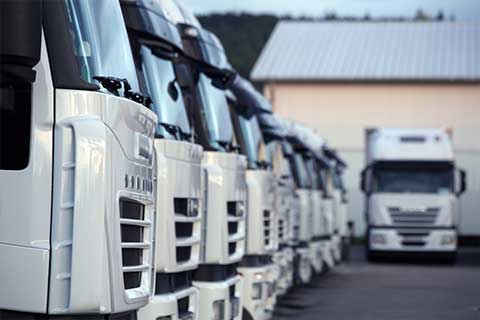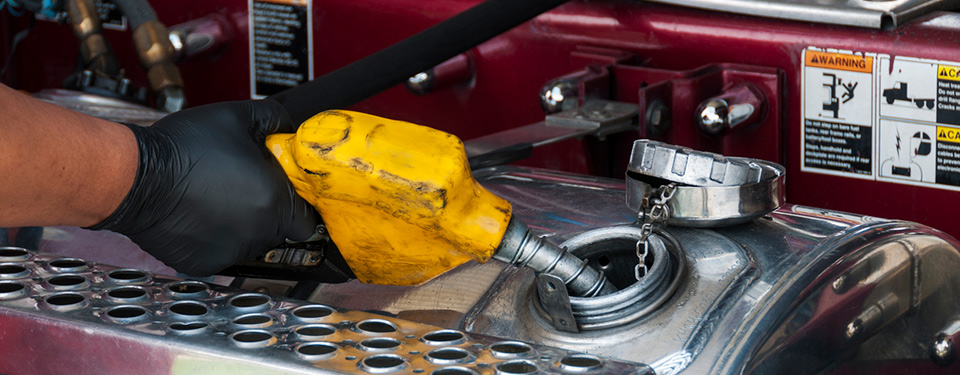The Ins and Outs of GPS Tracking for Construction Equipment
Managing your fleet of heavy construction equipment can be a challenge. The challenge can mount if you have equipment over multiple job sites. Even though construction vehicles don’t travel far, knowing their location at all times is an essential part of fleet management. Learn the ins and outs of GPS tracking for construction equipment.
What is Construction Equipment Tracking?
Construction companies need to know where their assets are and how they’re being used. GPS tracking for construction equipment means you’ll always know where your assets are located. GPS tracking for construction equipment can answer two simple questions: Where is my equipment and what is it doing?
GPS asset tracking for construction equipment involves fastening a small device to the equipment you’d like to track. You’ll find that iGlobal makes two kinds of tracking devices: untethered and tethered. The difference between the devices is easy to understand. iGlobal’s iVision X.1 is a tethered device. Tethered devices are hardwired into your construction equipment’s electrical system and are powered that way. Untethered devices, like iGlobal’s iVision X.2 and X.5, are powered by an internal battery. iGlobal’s tethered GPS units ping the location of your device every 3 minutes. The untethered devices ping location once per day. Both tethered and untethered systems use satellites to determine the location of your equipment.
From iGlobal’s easy to use online tracking portal, you can make a number of determinations about your equipment. In addition to determining vehicle location, you can use GPS data to:
- Monitor vehicle speed to see how your equipment is being used
- Collect information about mileage to see which vehicles work the hardest
- See when your equipment is being used to monitor employees
- Determine if unauthorized use is occurring and stop fuel fraud
GPS tracking for construction equipment can help you monitor your assets and more.
Why Use GPS Tracking for Construction Equipment?
![]()
From generators to cranes to tools, there are many reasons why you might use GPS tracking for construction equipment. Tracking your construction equipment with GPS can help protect your return on investment with equipment rental or purchase. For example, let’s say you find your construction equipment missing from your job site. You can use your GPS tracker to notify you of your equipment’s location and help you recover it quickly.
There are plenty of other reasons why you might use GPS tracking for construction equipment.
- Save time. Need to know the location of your equipment? GPS tracking devices can give you real time information about the location of your equipment and more.
- Reduce insurance costs. You might find that your insurance costs are lower when you’re using a GPS tracking device. Construction equipment tracked with GPS can be less expensive to insure because it can be easily recovered in case of theft.
- Find location easily. Need to know where a piece of equipment is on your job site? GPS tracking can pointpoint location easily. You can use your GPS tracker to set up a geofence. Using a geofence means you’ll be alerted when your equipment leaves the area.
- Lower your fuel costs. Did you know GPS tracking can help lower your fuel consumption? Construction equipment operators who know their movements are being tracked can log fewer engine hours. Equipment operators can have less idle time, which burns fuel needlessly.
- Point out assets not being used. Construction equipment that isn’t being used can drain profits. GPS tracking devices can help you see what equipment is moving on the job site and what is sitting. Knowing what you use most can help you get the most out of your equipment.
Knowing the ins and outs of GPS tracking for construction equipment can help you get dependable access to essential information about asset location and more. GPS tracking for construction equipment can help you save money and protect your equipment in the long run.

